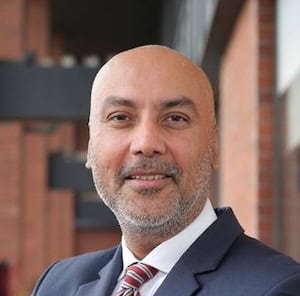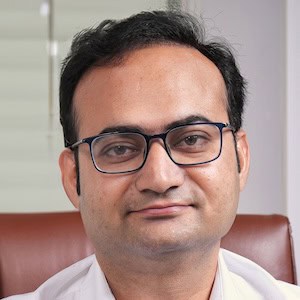-
Ag Stigma Be Damned: Flipping the Script for Young People, Farming and Investment
Smallholder farmers are getting older – the average age of a coffee farmer is 60 – and fewer and fewer young people are replacing them. This problem isn’t new. But it’s becoming more and more urgent. Will McAneny at Root Capital writes about several agricultural businesses that are flipping the script by asking: What if opportunity flourished on the farm?
- Categories
- Agriculture, Education, Investing
-
Register for SEEP’s Conference, Oct. 2-4
The 2017 SEEP Network Annual Conference will bring together leading practitioners, funders, research organizations and private sector actors dedicated to promoting more inclusive and resilient markets and financial systems Oct. 2-4 in Arlington, Va. The conference will feature 25 peer learning sessions in four technical tracks, two plenary sessions and six SEEP Fail Fest sessions.
- Categories
- Investing, Social Enterprise
-
The 7 Trillion Dollar Question: Can Sustainable Financial Products Close the SDG Financing Gap?
Val Smith of Citi gives global context to what sound like the impossibly high costs of reaching the Sustainable Development Goals on clean energy and global warming, saying there is good news behind the daunting gap. The challenge is that current investment levels in development and climate-positive activity remain far below what is required – but current trends in innovative finance are heartening.
- Categories
- Energy, Environment, Investing
-
An Integrated Approach to Financial Inclusion: Welcoming NextBillion’s Newest Partner, BFA
Recognizing that the financial challenges of low-income people won’t be solved by access alone, BFA seeks out solutions that combine finance, user-centered design, data, policy and technology. That's why NextBillion is pleased to announce BFA as the sponsor of our new "Inclusive Fintech" Zone, which will host blog posts on the latest fintech trends, innovations and enterprises, along with two ongoing series exploring BFA's insights and analysis of financial inclusion-focused initiatives.
- Categories
- Finance, Technology
-
Can Next-Generation Startups Unite Agritech and Fintech for Farmers in Emerging Markets?
An amalgamation of agritech and fintech solutions could have an incredible impact for the masses, especially populations that work within the agriculture chain. But making these apps and other digital solutions more user-friendly is critical to expanding their usage. Developers may need to borrow the best toolsets from both sectors, writes Sneha Sampath with Unitus Seed Fund.
- Categories
- Agriculture, Finance, Technology
-
It’s Not Just About Price: Innovative Solutions to Africa’s Remittances Problem
Through remittances, millions of migrants in developed countries support the basic needs of loved ones in their home countries. But with limited alternatives available, substantial costs are incurred – particularly in Africa where the average cost of sending money is 9.8 percent. Barry Cooper at Cenfri looks at some innovations that have the potential not only to decrease high fees, but to increase access beyond urban areas.
- Categories
- Uncategorized
-
No Internet? No Problem: Turning a Feature Phone Into a Digital Library Can Transform Lives
The cycle of poverty in developing countries is real and often riddled with misinformation. That's why the 3-2-1 Service on simple feature phones – which functions like a search engine without the internet – is so important. And people are willing to pay for it. This not only changes how users engage with their phone but also how international development agencies can engage with users to improve livelihoods.
- Categories
- Education, Social Enterprise, Technology, Telecommunications
-
From Farm to Phone to Table: A Case Study Series Explores the Impact of Digital Tools on Agriculture
Over the past decade, the use of mobile phones and other digital tools in farming has skyrocketed. Today, more than 60 percent of the population in the developing world now have at least one mobile phone. USAID aims to show that digital tools can improve cost-effectiveness and development outcomes in food security and nutrition programs. Cristina Manfre and Christopher Burns explain a USAID case study series on different approaches.
- Categories
- Agriculture, Technology










